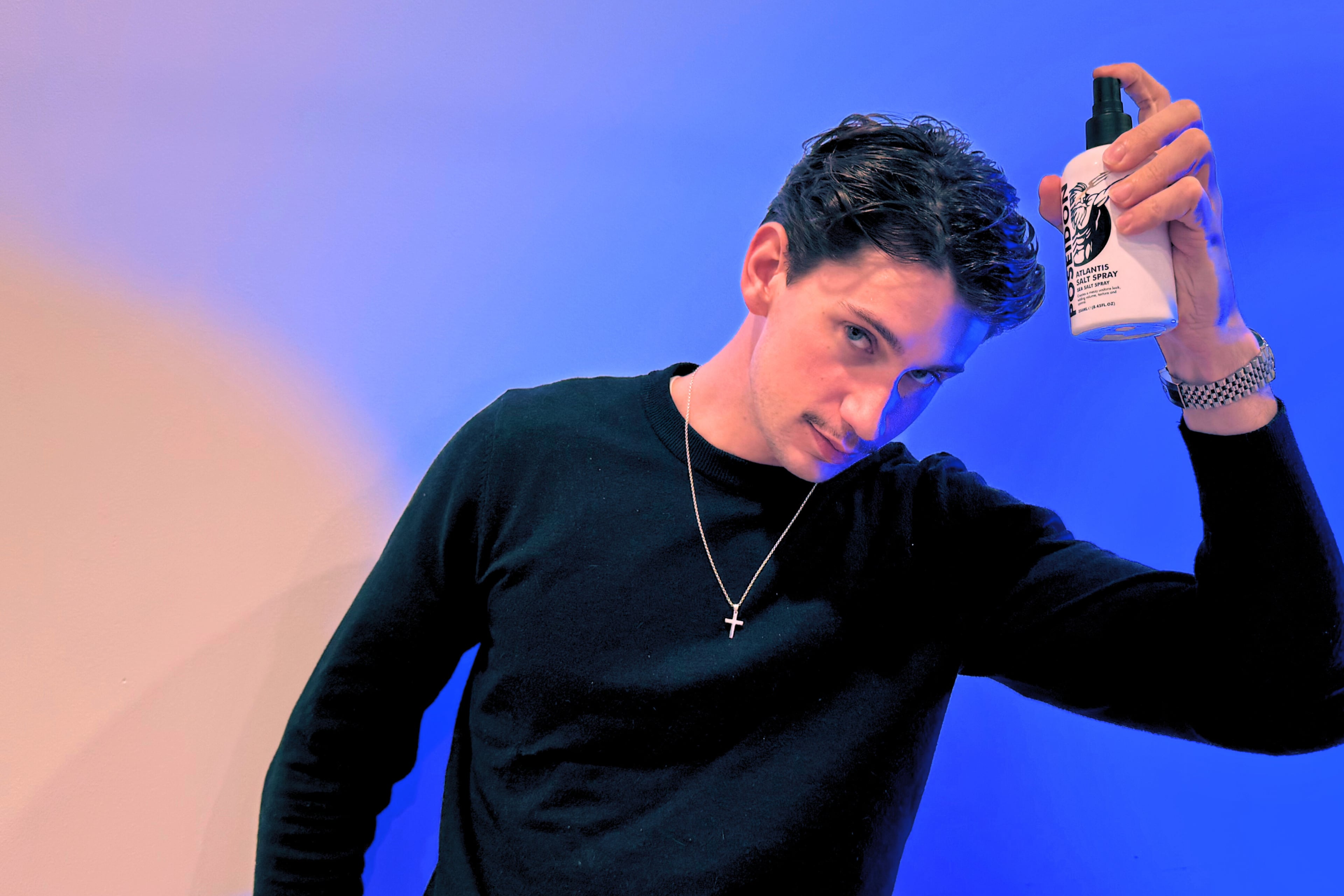Those involved in the Decade of Commemorations are to be commended for avoiding the glorification of violence that marked previous historic anniversaries, said award-winning radio documentary maker, Conor Keane as he launched the Seán Hales Centenary Commemoration.
“As we approach the end of this Decade of Centenaries next year, I think we have avoided the glorification of violence that was pervasive in the 1966 commemoration of the 50th anniversary of the Easter Rising,” said Mr Keane as he recalled the killing of the Free State TD in December 1922.
“The 1966 commemorations were a shot in the arm to the proponents of violent nationalism. They played a role in the resurgence of the IRA in the 1970s and made it easier for the Provisional IRA to recruit and operate South of the border right up to the ceasefires in the 1990s.”
“Peace is fragile on these islands, and there are far too many in public life who take it for granted. Sadly, we are still living in the shadow of the gunmen and the shadow of the 20 or so miles of peace walls that are still indispensable in Belfast.”
READ MORE
Mr Keane, whose radio documentaries for RTE’s The Doc on One have won awards internationally, said he was delighted to be invited by the Seán Hales Commemoration Committee to launch their programme of events scheduled for December 9th-11th to mark the 100th anniversary of Hales’ death.
“Both the War of Independence and its offspring, the Civil War were brutal times and terrible, terrible atrocities were inflicted on Irish people, not by the Saxon foe, but by our own – it left us mutilated as a people and as a society,” Mr Keane told an audience of around 150 people in Bandon.
“We all live in this State, born out of violence, some of it against a common enemy but also inflicted upon and endured by family, friends and neighbours. This violence has taken a terrible toll on previous generations and those alive today. We cannot and must not bequeath a legacy wrought from generational and violent trauma to future generations.”
Mr Keane said that one of the great outcomes of the many commemorations held so far in the Decade of Centenaries was that “a lot of the same faces are seen at many events, regardless of the side they are perceived to belong to. “Sides, thankfully, are falling by the wayside.”
Earlier, chairman of the Seán Hales Commemoration Committee, Miah Collins, recalled how Sean and his brothers, Tom, Robert, William and Donal and his sister, Madge from Knocknacurra in Ballindee, just outside Bandon, all played a part in the struggle for Irish freedom.
Brigidier-General Seán Hales was a leading figure in the Irish Volunteers and the IRA in West Cork and led attacks on RIC Barracks at Timoleague and on Crown Forces at Brinny while he also took part with his brothers in the Crossbarry Ambush with the IRA under the command of Tom Barry, he said.
Mr Collins recalled how Hales was close to Michael Collins and took the pro-Treaty side and was one of the last people to speak to Collins, apart from members of his touring party, when he had dinner with him at the Munster Arms Hotel in Bandon before he left for Béal na Bláth on August 22nd 1922.
The sad tragedy of the Civil War was perhaps best summed up by the fact that while Seán Hales was bidding farewell to Michael Collins in Bandon, his younger brother Tom was among the anti-Treaty IRA group, who were preparing the ambush at Béal na Bláth that was to claim Collins’s life.
Less than four months later, Seán Hales, who had been elected a Sinn Féin TD for the constituencies of Cork Mid/North/South/South-East and West in 1921, would be dead, shot by the anti- Treaty IRA on December 7th, 1922 as he left the Ormonde Hotel in Dublin to attend a sitting of Dáil Éireann.
The Free State response to the shooting dead of Hales was swift and just a day later, on December 8th, four leading Republicans, representing each of the four provinces, Joe McKelvey, Liam Mellows, Rory O’Connor and Hales’ fellow West Corkman, Dick Barrett were executed in Mountjoy Gaol.
Mr Collins recalled how Seán Hales’ great friend and near neighbour of Michael Collins, John L O’Sullivan from Clonakilty, who fought with Hales in both the War of Independence and the Civil War in West Cork, saw him as ultimately “a man of peace”, as he quoted O’Sullivan.
“Seán Hales was a truly great man, he had no wish to annihilate anybody, he was a man of peace. He was only doing the job he was asked to do, and he wanted to do it with the least loss of life on both sides. He never stopped, he kept us on the move from the time we started until we took every town and village and every stronghold of the others in the area. But all the time you could see he was a man of peace.”
Mr Collins said that Seán Hales Commemoration Committee were fortunate to have secured UCC historian, Gabriel Doherty and Liz Gillis, author of “The Hales Brothers and the Irish Revolution” to speak on the opening night of the weekend of commemoration in Bandon on December 9th.
The weekend of commemorative events, supported by Cork County Council, will also include a prayer service at Seán Hales’ grave at St Mary’s Cemetery in Innishannon on December 10th and a wreath laying ceremony and oration by Minister for Foreign Affairs, Simon Coveney at the Seán Hales Memorial in Bank Place in Bandon at 2pm on December 11th, he said.











